Five Easy Weatherproofing Projects That Help Prevent Damage and Save on Insurance
These small projects can protect your home from the elements — and may even lower your home insurance premium.

Weather can take a toll on your home, and it can lead to expensive repairs. Homeowners insurance helps protect your property when disaster strikes, but that doesn’t mean you want to file a claim if you can avoid it.
Each year, about one in 35 insured homes experiences a property damage claim related to wind or hail, and one in 60 insured homes files a claim for water damage or freezing, according to the Insurance Information Institute.
These five quick weekend projects can help safeguard your home from the elements. As an added bonus, some of these projects may help you lower your homeowners insurance premiums.

Sign up for Kiplinger’s Free E-Newsletters
Profit and prosper with the best of expert advice on investing, taxes, retirement, personal finance and more - straight to your e-mail.
Profit and prosper with the best of expert advice - straight to your e-mail.
1. Seal windows and doors
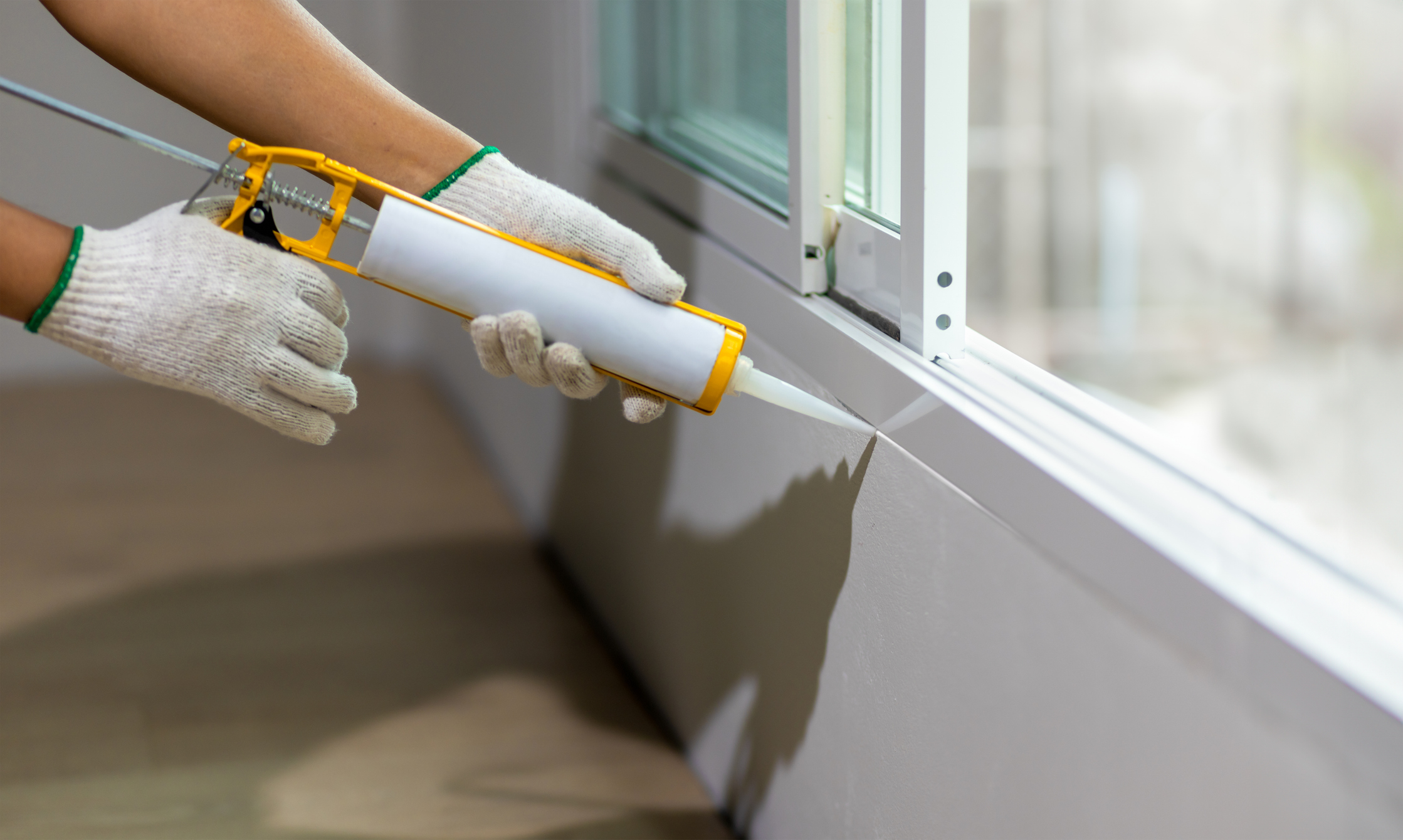
Drafty windows and doors can drive up your home heating and cooling costs, and leaks and water intrusion can damage your home’s interior. Fortunately, sealing windows and doors is a pretty easy DIY weatherproofing project.
To start, use caulk to fill in any gaps between your window frames and walls. Caulk can create a finished look to the space, and if you choose a paintable latex caulk, you can always paint over it.
Next, install weatherstripping along the bottom of doors and windows where gaps occur. You can choose several different types of weatherstripping, including adhesive backed products that are simple to install.
Make sure that the weatherstripping is the right width for the space, and that it compresses when you close the window or door.
2. Install gutter guards
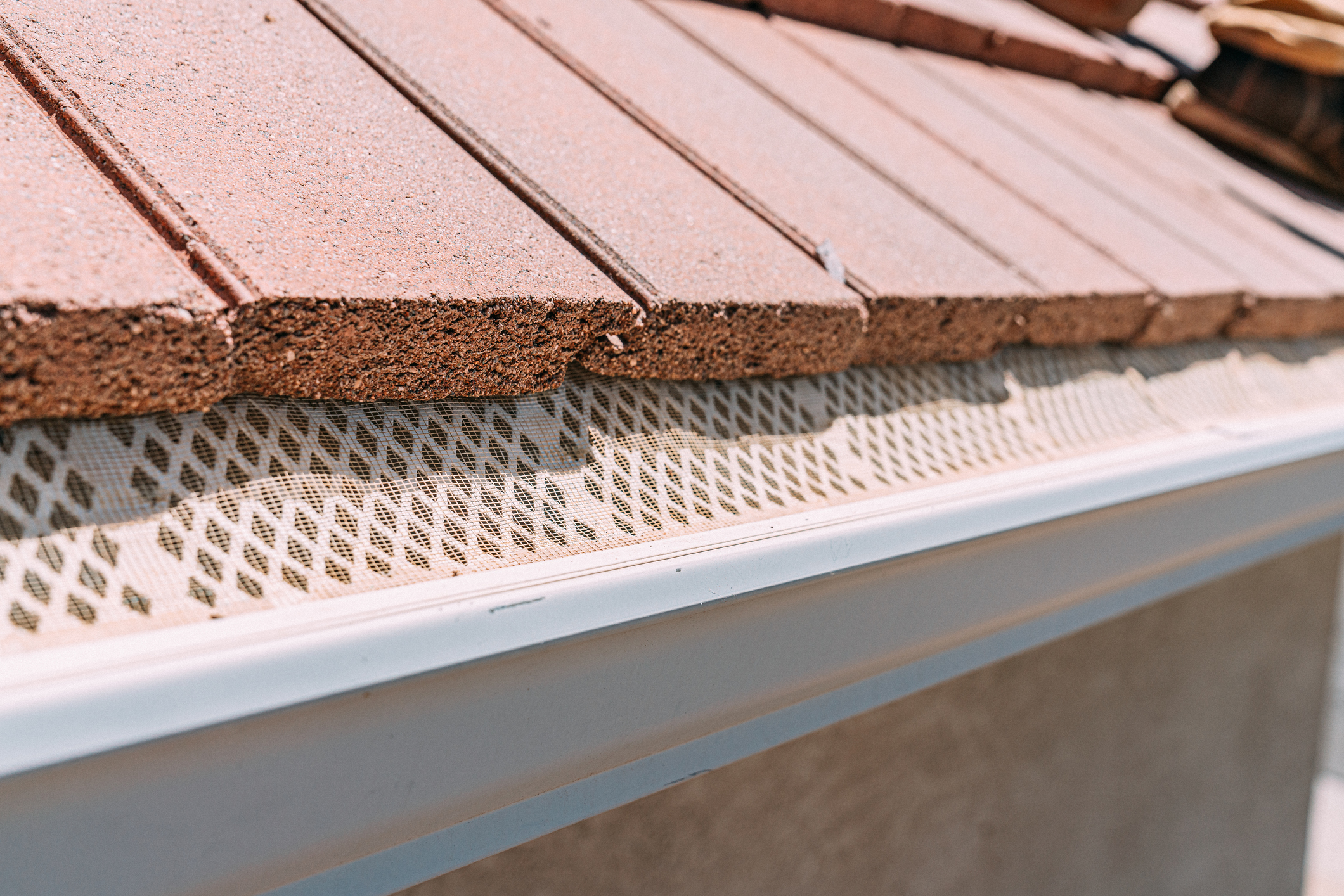
Clogged gutters can cause ice dams, roof damage and foundation issues. If water overflows the gutters and runs down the side of your home, it can also damage your siding.
Gutter guards can help prevent clogs and save you time on gutter cleaning and maintenance. These systems are usually easy to install, too.
The Gutter Guard by Gutterglove can be screwed or taped onto your gutters, and it prevents debris like leaves and sticks from getting stuck.
Most insurance companies don’t offer discounts for gutter guards, but weatherproofing your home with gutter guards can help prevent damage to your roof, so you may be able to avoid having to file a claim or pay roof repair costs.
3. Add a sump pump with backup power
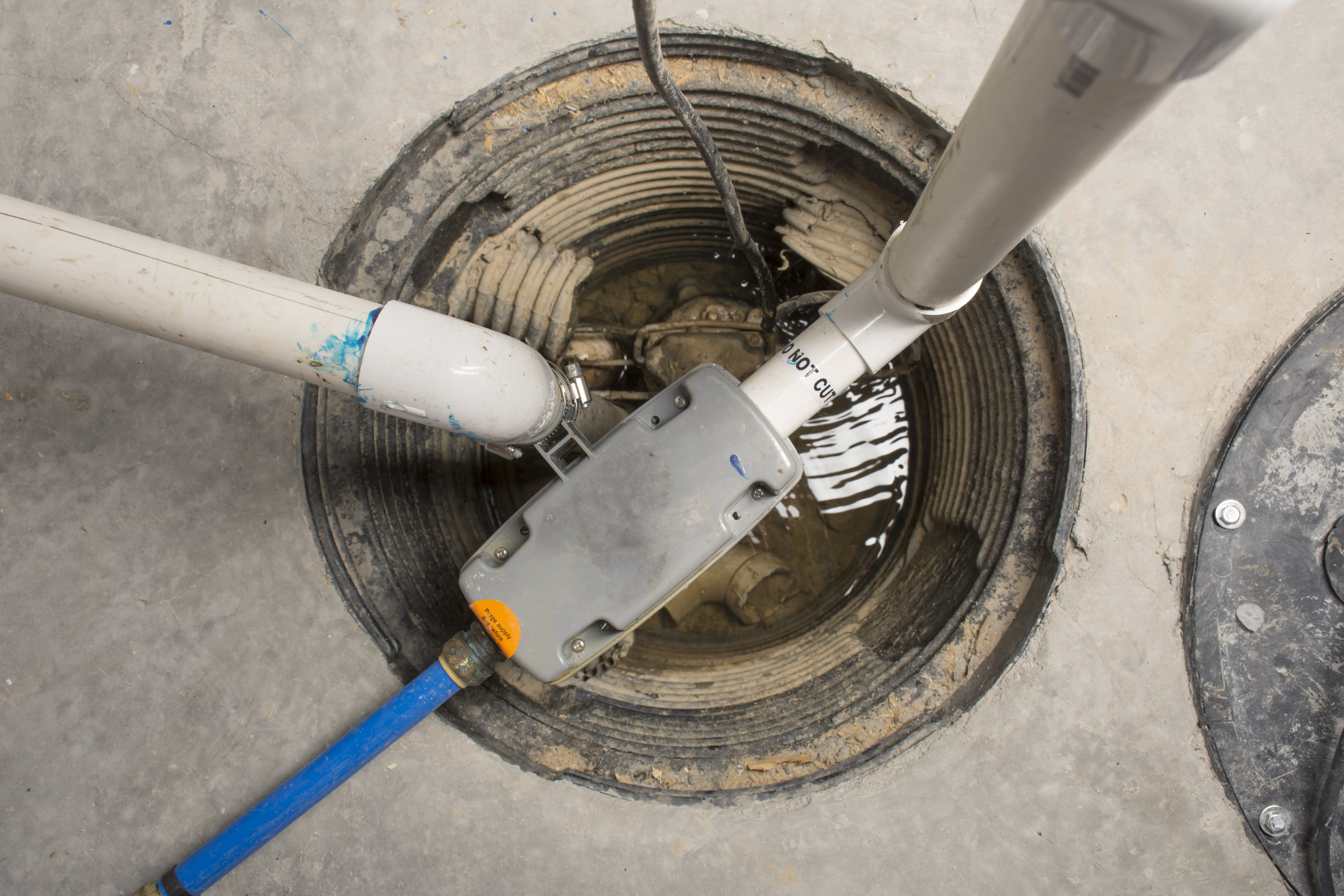
A sump pump can help prevent basement flooding, but during a storm, you may lose power. Consider upgrading to a sump pump with a battery backup.
For example, the Basement Watchdog Sump Pump System features a battery backup that features 24-hour monitoring and alarms that can alert you to problems with power conditions and other issues. The battery backup ensures the pump stays operational during power outages, so your basement stays dry.
Homeowners insurance policies usually don’t cover damage caused by sump pump failure or overflow. You can add on water backup coverage for extra protection, but buying a sump pump with backup power may help you avoid having to file a homeowners insurance claim and pay your deductible.
4. Secure loose fencing and outdoor items

Flying debris can damage your home, windows, vehicles and other structures on your property, and damage caused by flying debris is a common source of home insurance claims.
Invest in a wind-resistant storage shed to store your items, or purchase a tie-down kit that you can use to secure items to the ground when you’re anticipating bad weather. As an added bonus, buying a shed can help make your yard look cleaner.
5. Upgrade roof anchors or shingles
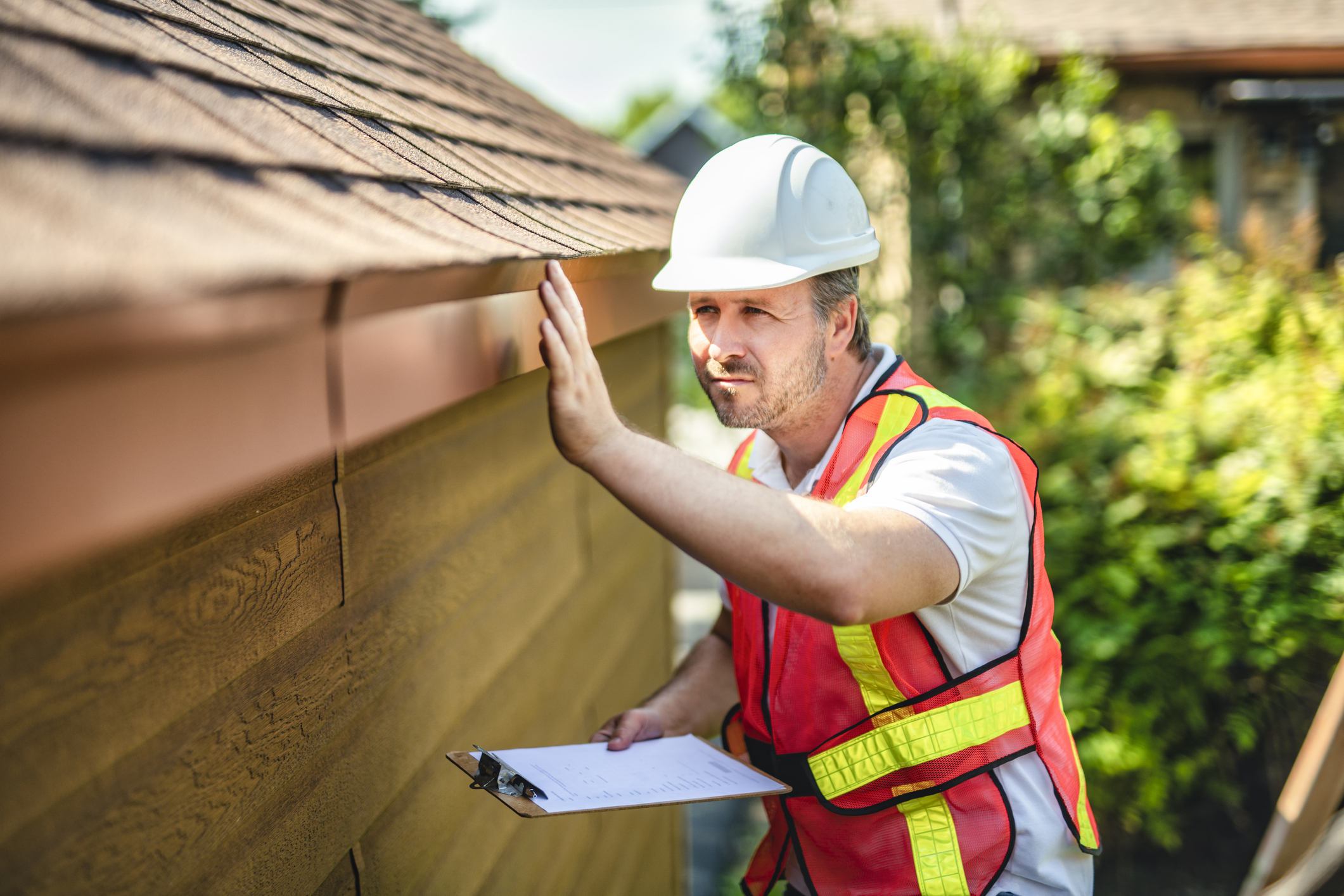
Minor upgrades to your roof may lower your home insurance premiums. According to This Old House, roof repair costs can range from $150 to $8,000, and roof replacements can cost even more.
There are several affordable, DIY-friendly ways to upgrade your roof. Applying a sealant to your shingles can help protect them from moisture and UV rays, prolonging their lifespan and helping them to better protect your home. Make sure that you choose a roof sealant that’s designed for the type of shingles on your roof, and carefully follow the instructions for application and maintenance. You’ll need to periodically reapply the sealant to protect your roof.
If you’re in a location that often sees hurricanes and strong winds, installing hurricane clips can help reinforce and stabilize your roof. These clips attach your roof trusses or rafters to the walls of your home, helping secure the roof to prevent it from being lifted off of your house during extreme winds.
Hurricane clips are best installed by a professional, and a roofing expert can help identify the appropriate types of clips and placement for your home. Familiarity with local building codes is also important.
Additional ways to save on homeowners insurance
These weatherproofing projects may qualify for insurance discounts, helping you cut home insurance costs without losing coverage.
Insurance companies often offer discounts for other upgrades, too, like for installing a new roof or buying a monitored home security system.
To maximize your savings, contact your insurance company and ask about available discounts that can lower your home insurance premiums. Be sure to update the insurance company when you’ve completed your upgrades, too.
related content
Get Kiplinger Today newsletter — free
Profit and prosper with the best of Kiplinger's advice on investing, taxes, retirement, personal finance and much more. Delivered daily. Enter your email in the box and click Sign Me Up.

Paige Cerulli is a freelance journalist and content writer with more than 15 years of experience. She specializes in personal finance, health, and commerce content. Paige majored in English and music performance at Westfield State University and has received numerous awards for her creative nonfiction. Her work has appeared in The U.S. News & World Report, USA Today, GOBankingRates, Top Ten Reviews, TIME Stamped Shopping and more. In her spare time, Paige enjoys horseback riding, photography and playing the flute. Connect with her on LinkedIn.
-
 If Trump Fires Jerome Powell, What Happens To Savings and Mortgage Rates?
If Trump Fires Jerome Powell, What Happens To Savings and Mortgage Rates?President Donald Trump expressed his desire to remove Fed Chair Jerome Powell. If the president is successful, how would it impact your savings accounts?
By Sean Jackson
-
 What to Stock Up On (and What to Skip) Before Tariffs Raise Prices
What to Stock Up On (and What to Skip) Before Tariffs Raise PricesWith tariffs set to return on July 8, 2025, prices on everything from appliances to clothing could rise. Learn what to buy now, what to skip and how to protect your budget.
By Laura Gariepy
-
 Is Your Car Model Driving Up Your Insurance Premium?
Is Your Car Model Driving Up Your Insurance Premium?Car insurance rates vary by make and model. Find out if your car is raising or lowering your premium.
By Rachael Green
-
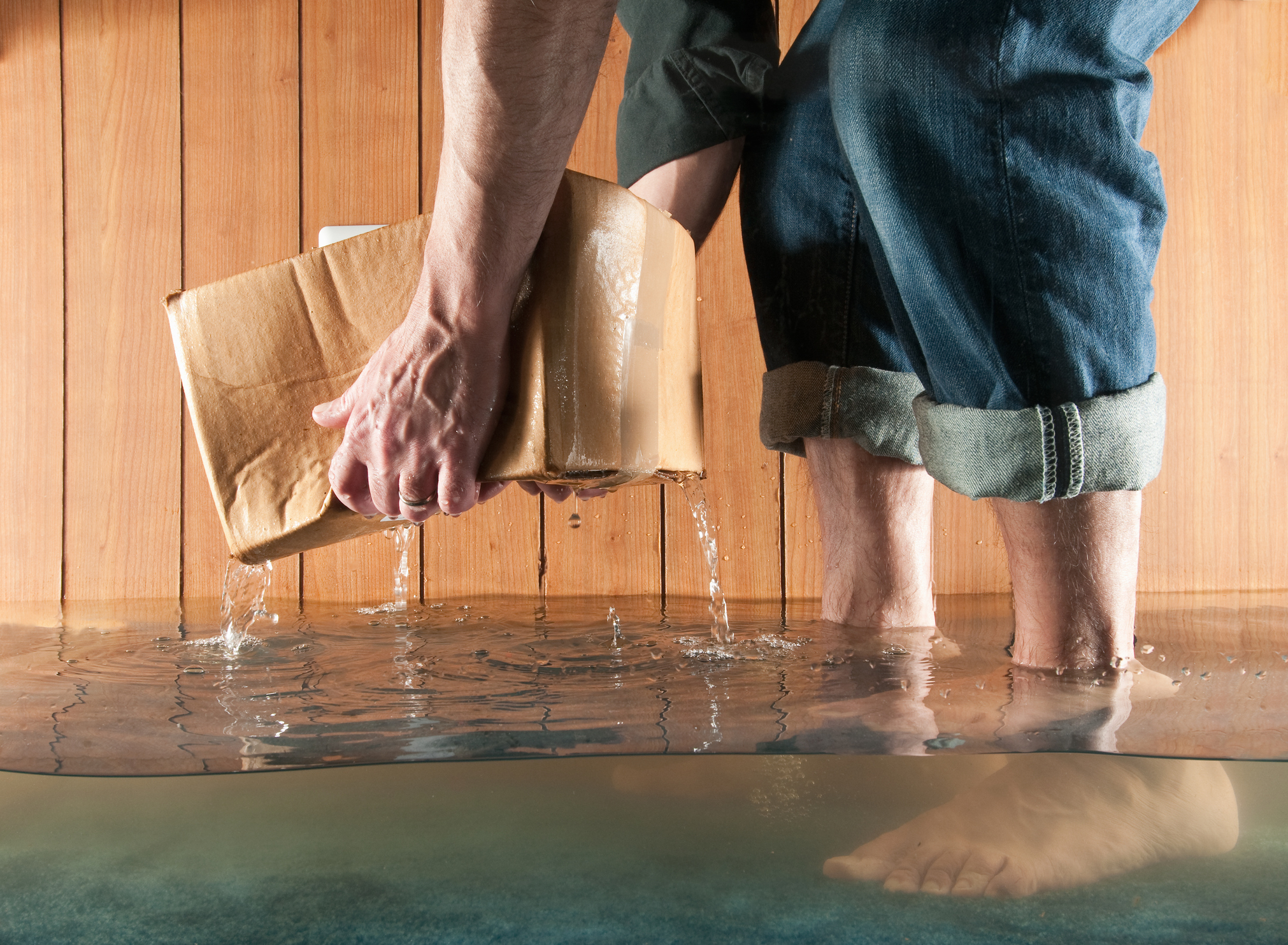 Don’t Get Burned: Six Summer Disasters Your Home Insurance Might Not Cover
Don’t Get Burned: Six Summer Disasters Your Home Insurance Might Not CoverHome insurance doesn’t cover everything. Learn which disasters require extra coverage — and how to protect your home before it’s too late.
By Jacob Wolinsky
-
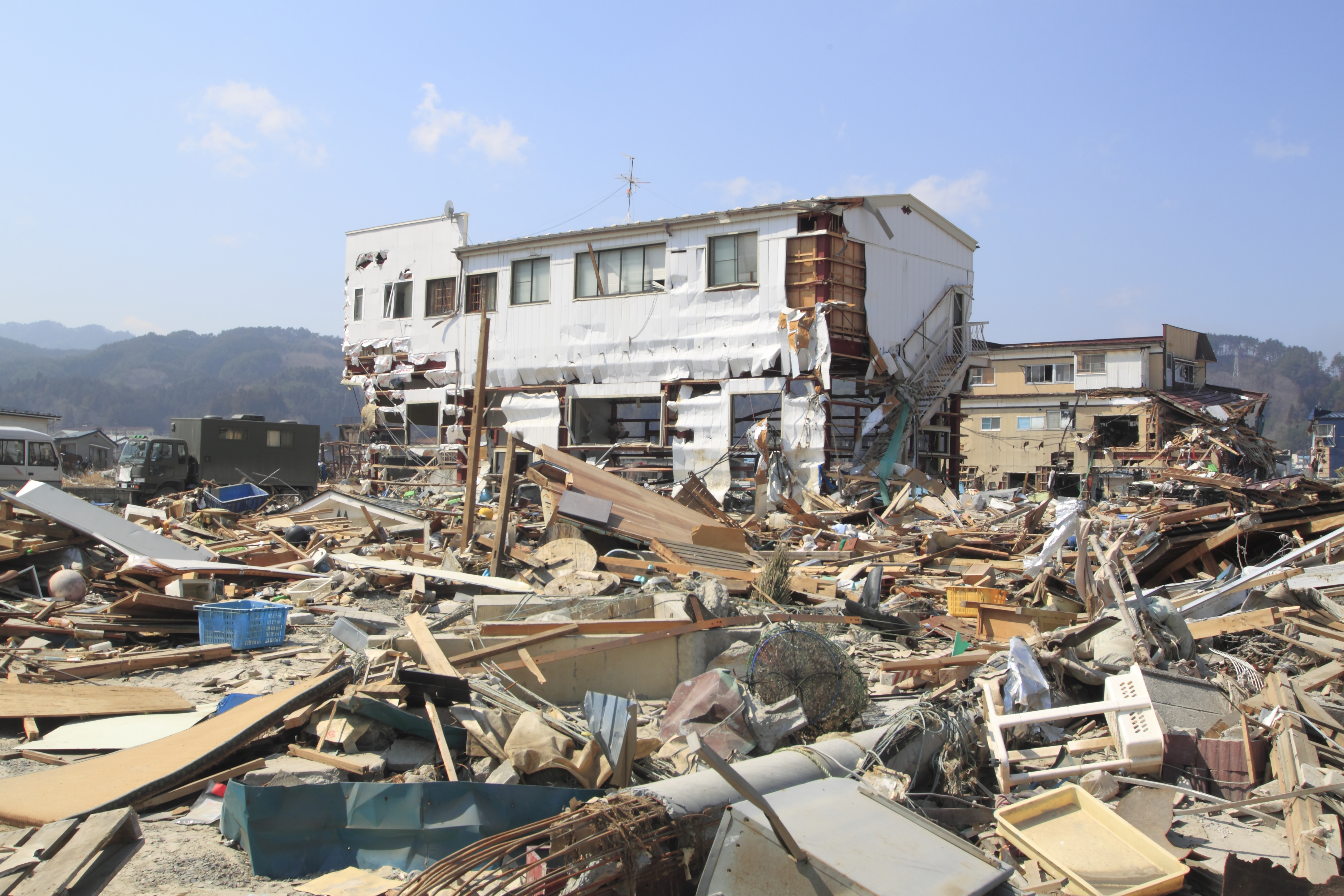 Should You Get Earthquake Insurance?
Should You Get Earthquake Insurance?Standard home insurance doesn’t cover earthquakes, but paying extra for earthquake insurance isn’t just for Californians.
By Rachael Green
-
 Should You Get Auto or Home Insurance Through Costco?
Should You Get Auto or Home Insurance Through Costco?Costco members can access discounted insurance through Connect by American Family — but is it really a better deal?
By Paige Cerulli
-
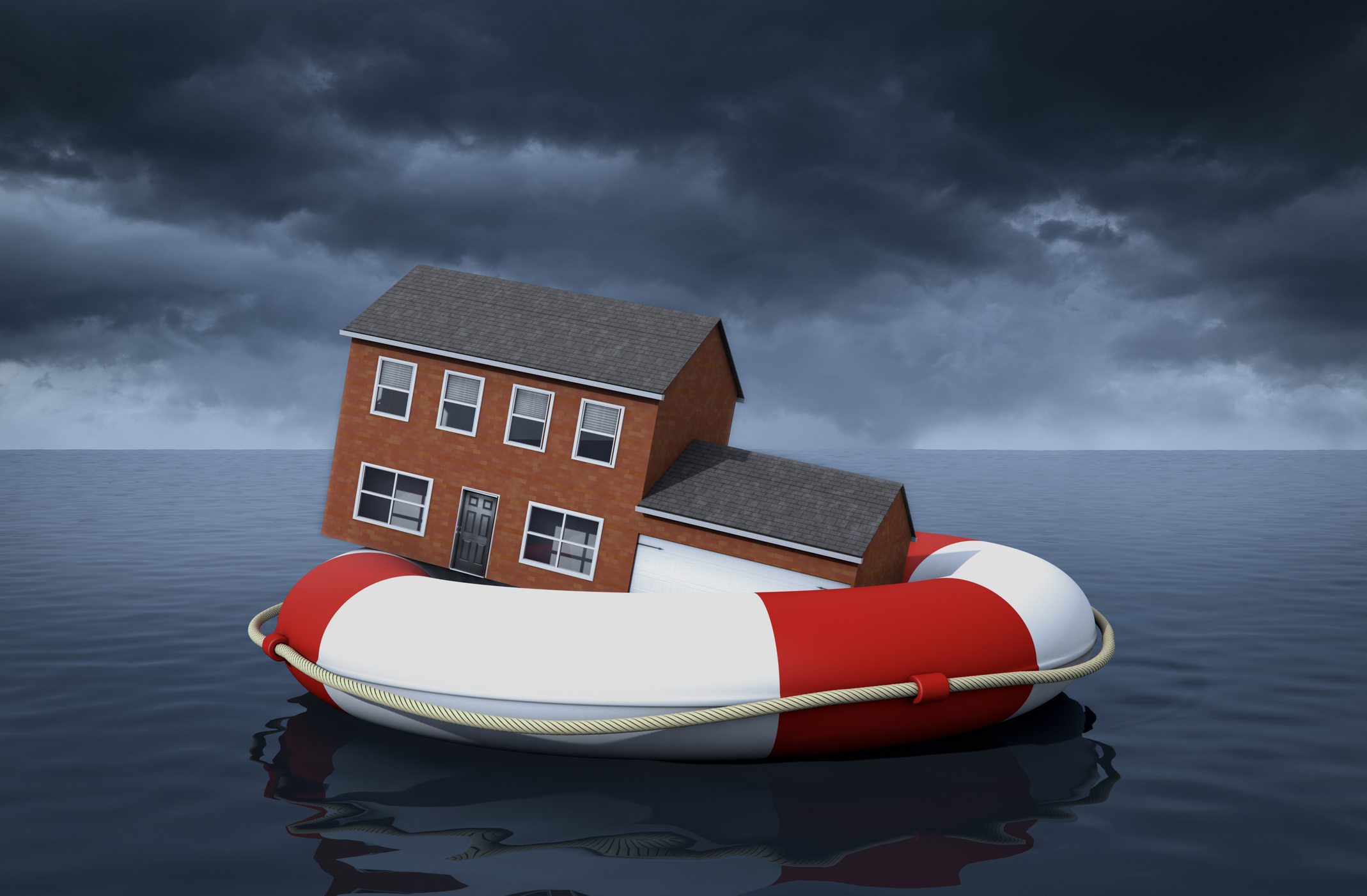 How to Lower Home Insurance Rates When Climate Change Increases Costs
How to Lower Home Insurance Rates When Climate Change Increases CostsA top insurer warns the damage climate change causes is making it cost-prohibitive for insurers in some areas. Learn how to protect your home and lower costs.
By Sean Jackson
-
 Four Things You Can Do If Your Home Insurance Is Canceled or Not Renewed
Four Things You Can Do If Your Home Insurance Is Canceled or Not RenewedDon't panic — here's how to understand your notice, switch coverage and protect your home after a policy nonrenewal or cancellation.
By Ben Luthi
-
 See How Much Auto Tariffs Could Raise Your Car Insurance Rates
See How Much Auto Tariffs Could Raise Your Car Insurance RatesPresident Donald Trump issued a 25% tariff on all car imports. See how this tariff impacts the cost of your car insurance.
By Sean Jackson
-
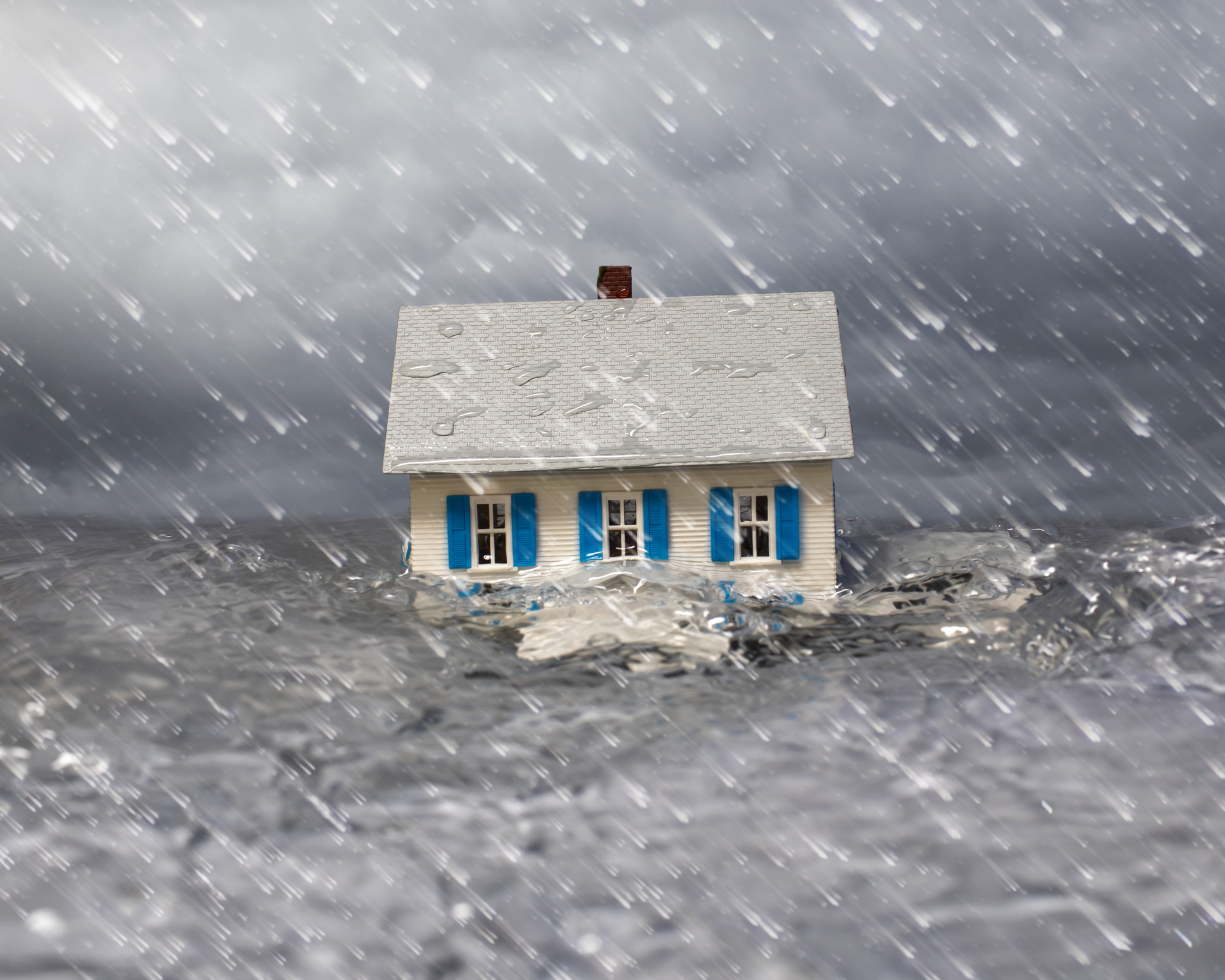 These Eight States Have the Most Expensive Home Insurance in 2025
These Eight States Have the Most Expensive Home Insurance in 2025If you live in one of these eight states, you’re probably paying $1,000 or more above the national average for home insurance.
By Rachael Green